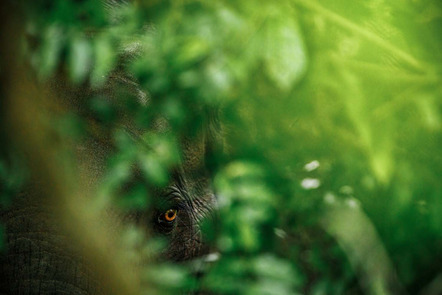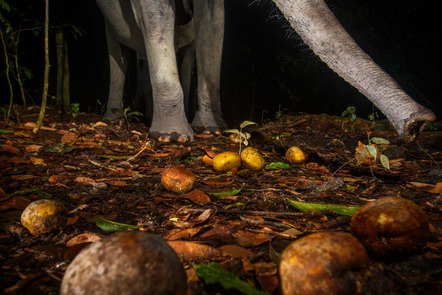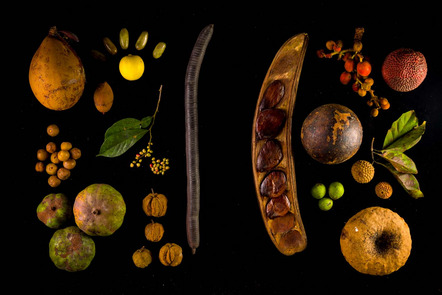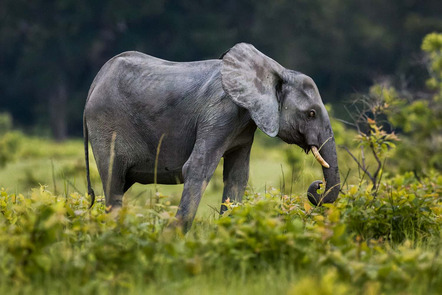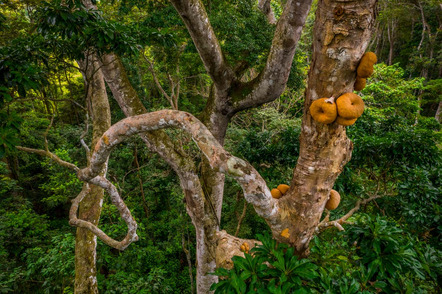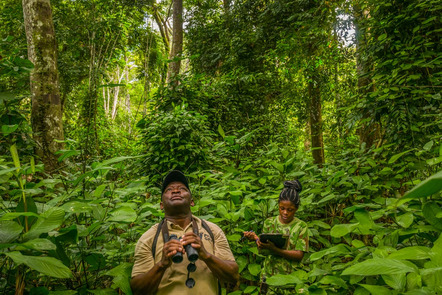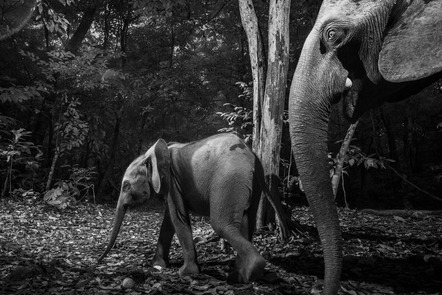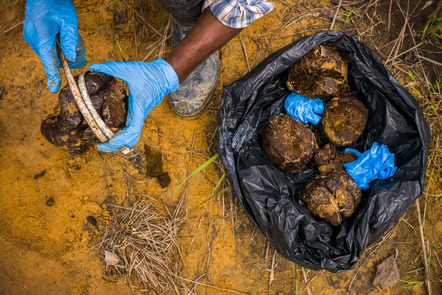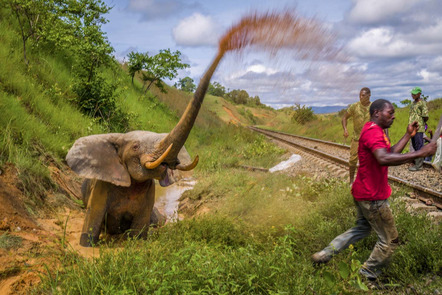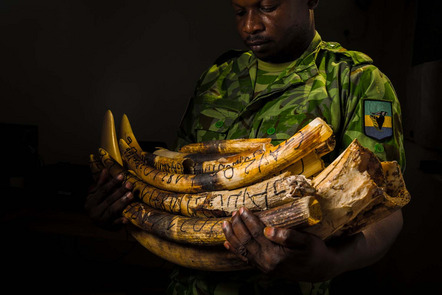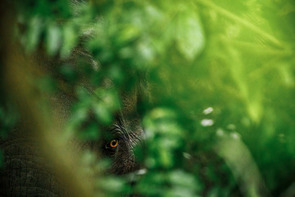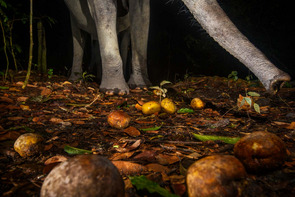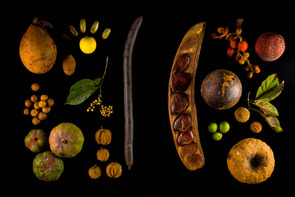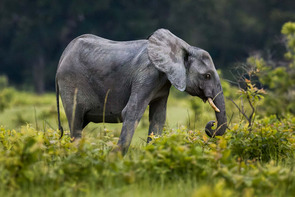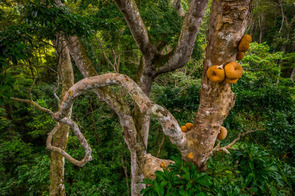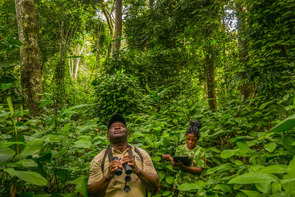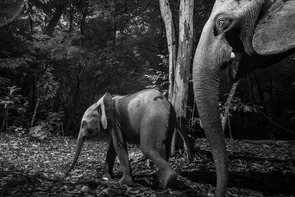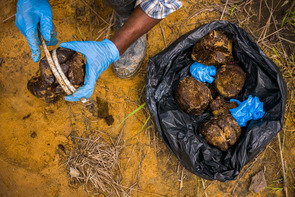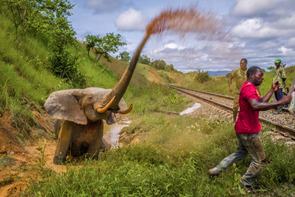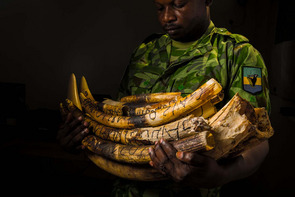Winner: Jasper Doest - Netherlands
Dutch photographer Jasper Doest creates visual stories that explore the relationship between humans and nature. Having studied ecology, Doest knows that human life depends on all of our planet's resources. At the same time, he recognizes how inherently unsustainable the current human patterns of consumption are.
As a true believer in the power of photography to initiate change, Doest is a senior fellow of the International League of Conservation Photographers and an ambassador for the World Wildlife Fund. Jasper Doest is a contributing photographer to National Geographic. His accolades include four World Press Photo Awards and being named European Wildlife Photographer of the Year in 2020 by the GDT.

Project: A fragile refuge for forest elephants
The rainforest of Lopé National Park in central Gabon is one of thelast safe havens for the critically endangered African forest elephant (Loxodonta cyclotis). Unfortunately, scientists have found that climate change is negatively affecting fruit production in many rainforest tree species. Fruits are one of the most important food sources for forest elephants and many other large mammal species. Research has shown that the physical condition of forest elephants has deteriorated significantly due to a staggering 81% decline in fruit production in Lopé's forests during the last 30 years.
A fruit famine in one of the last strongholds of the African forest elephant raises concerns about the ability of this species and other fruit-dependent megafauna to survive in the long term -with potentially dire consequences for ecosystem functioning and the biosphere as a whole. This story is a reminder that even when direct human impact is minimal, plant and animal communities are not immune to the insidious consequences of the Anthropocene.
